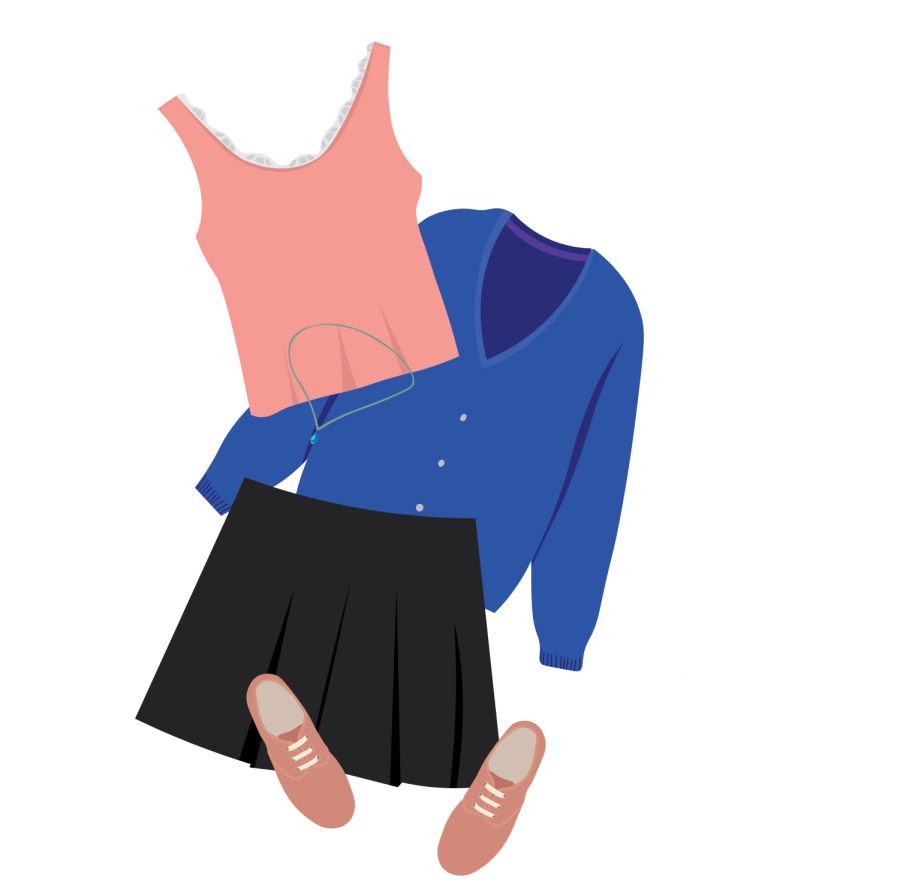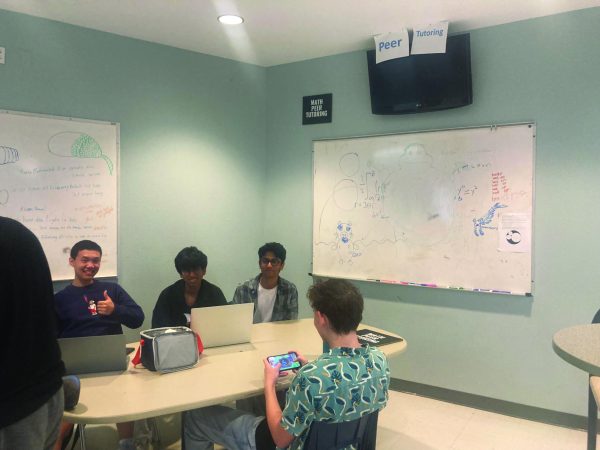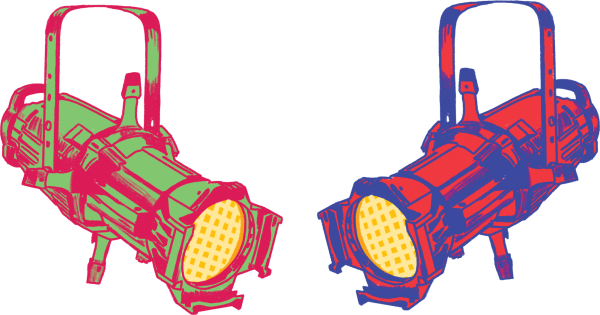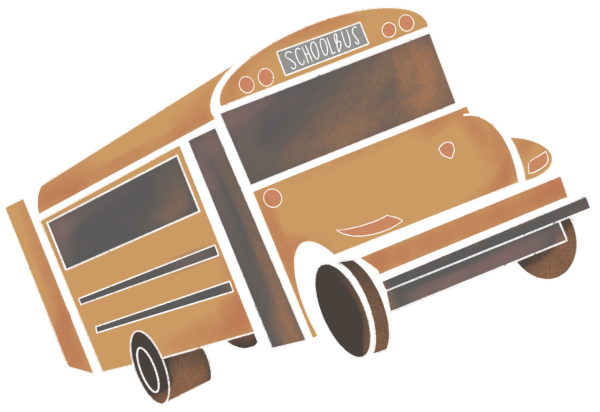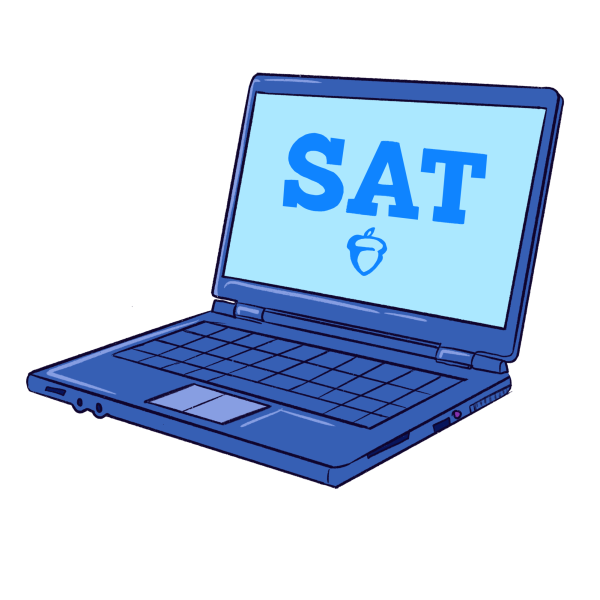Adressing Dress Code
November 7, 2022
The Austin Independent School District (AISD) has a dress code for all the schools in the district including LASA. AISD explains on their website that clothing must be worn in such a way that “abdomen, genitals, buttocks, breasts and nipples are fully covered with opaque fabric.” Students are also not allowed to wear clothing with violent language or images.
According to AISD, the dress code is put in place to ensure the safety and well-being of students, but students such as seniors Geetika Polavarapu and Simona Kao disagree with this narrative. Although students have felt as if the enforcement of the dress code has changed in the past year, Assistant Principal San Czaplinski confirms that AISD has not changed its dress code since 2019.
“We don’t have a separate dress code from Austin ISD,” Czaplinski said. “We actually follow the same dress code that the district has published and put out for the entire district. It’s been the same dress code for the last several years.”
Although Czaplinski reveals that the dress code has not changed in the past year, Polavarapu feels as though this new school year, there has been a change in the enforcement of the dress code. The increased enforcement is what students such as Polavarapu have been reacting to.
“I heard this year, it’s getting back to the strictness thing,” Polavarapu said. “There was no issue with the relaxed dress code last year.”
Czaplinski sees dress code restrictions from a different point of view. According to her, the dress code is not always a bad thing.
“I think the whole idea of saying dress code has a very negative connotation to it,” Czaplinski said. “It’s not ‘dress coding’. That has definitely changed in the last few years. It’s making students aware of what the expectation is.”
The dress code has also caused many issues because students have noticed that the dress code is targeted more toward female-presenting students. Senior NHS President Simona Kao, believes that there are gendered aspects to dress coding.
“I’ve never heard a single guy get dress-coded.” Kao said. “The only people here getting dress-coded are girls.”
Czaplinski is someone who has the power to dress code students as an assistant principal. Because of her experience with dress coding students, she knows what types of clothes AISD considers inappropriate for high school.
“I’ve had to dress code boys also,” Czaplinski said. “For young men, oftentimes it’ll be things like advertising alcohol or advertising products that are not legal at this age, like vaping or cigarettes…I’ve had to also address young men, as well as young women.”
According to Polavarapu, the enforcement of the dress code can feel demeaning. Polavarapu shared the story of one of her friend’s experiences with dress code.
“One of my friends was wearing shorts, and an administrator stopped her and said, “your backpack is riding up your shorts. What if boys take pictures of that?’” Polavarapu said. “That’s such a degrading thing to say to a student. I feel like if you’re going to dress code someone, have some respect for their body, and don’t act as if they’re asking for it.”
According to Kao, many students at LASA are not well informed, and therefore don’t know if what they are wearing will get them dress-coded. Kao says that there is no set time for teachers to explain the dress code, so students need to take initiative if they are curious about what clothes are school-appropriate.
“Nobody really goes over the dress code,” Kao said. “If you want to know the dress code then you have to go look for it yourself on the website, nobody else is going to give you that information.”
Students interested in learning more about the dress code can visit the following link:
https://www.austinisd.org/family-support/dress-code

